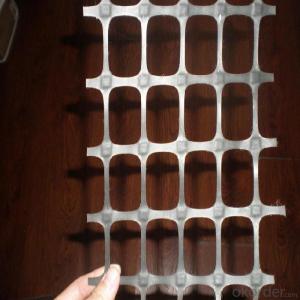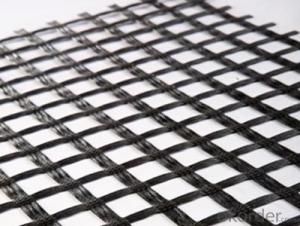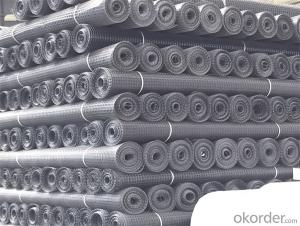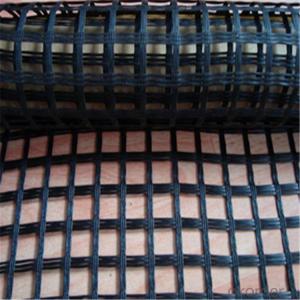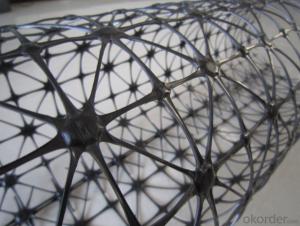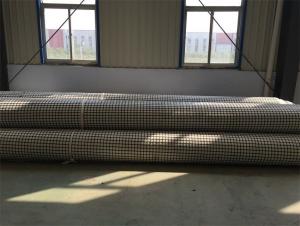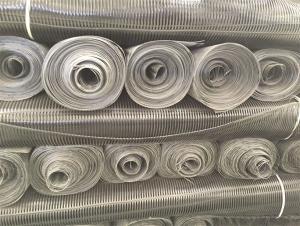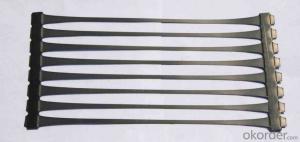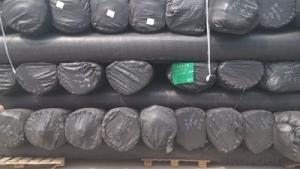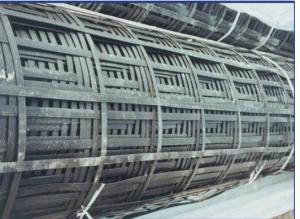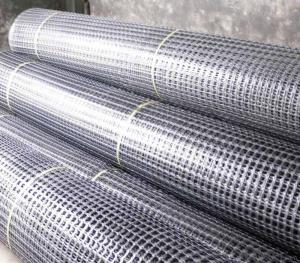All Categories
- - Steel Wire Rod
- - Steel Coils
- - Steel Profiles
- - Steel Pipes
- - Stainless Steel
- - Tinplate
- - Special Steel
- - Steel Sheets
- - Steel Rebars
- - Steel Strips
- - Hot Rolled Steel
- - Cold Rolled Steel
- - Pre-painted Steel
- - Seamless Steel Pipe
- - Welded Steel Pipe
- - Hollow Steel Tubes
- - Galvanized Pipe
- - Stainless Steel Coil
- - Stainless Steel Sheet
- - Stainless Steel Plate
- - Stainless Steel Strips
- - Electrolytic Tinplate Coil
- - Electrolytic Tinplate Sheet
- - Stainless Steel Rebars
- - Solar Panels
- - Solar Water Heater
- - Solar Related Products
- - Solar Inverter
- - Solar Cells
- - Solar Light
- - Solar Energy Systems
- - Solar Controllers
- - Solar Mounting System
- - Solar Pump
- - Solar Chargers
- - Fiberglass Chopped Strand
- - Fiberglass Mesh Cloth
- - Composite Pipes
- - FRP Pultrusion Profiles
- - Fiberglass Mat Tissue
- - Fiberglass Fabrics
- - Fiberglass Mesh
- - Composite Tank
- - Fiberglass Mesh tape
- - Polymer
- - FRP Roofing Panel
- - Fiberglass Roving
- - Monolithic Refractories
- - Ceramic Fiber Products
- - Refractory Bricks
- - Raw Materials For Refractory
- - Suspended Platform
- - Cranes
- - Concrete Machinery
- - Earthmoving Machinery
- - Building Hoist
- - Road Building Machinery
- - Plastic Pipe Fittings
- - Plastic Tubes
- - Plastic Sheets
- - Agricultural Plastic Products
- - Plastic Nets
 All Categories
All Categories
Q & A
What is the relationship between geogrid aperture shape and soil confinement in geosynthetic systems?
The relationship between geogrid aperture shape and soil confinement in geosynthetic systems is that the shape of the aperture affects the level of soil confinement provided by the geogrid. Different aperture shapes, such as rectangular, triangular, or hexagonal, can influence the interlocking and interaction between the geogrid and the soil particles. This, in turn, affects the ability of the geosynthetic system to confine and stabilize the soil, providing different levels of reinforcement and preventing soil movement or erosion. Ultimately, the choice of geogrid aperture shape should be carefully considered based on the specific soil conditions and desired level of soil confinement in a geosynthetic system.
What are the long-term effects of geogrid reinforcement on soil stability?
The long-term effects of geogrid reinforcement on soil stability include improved load-bearing capacity, increased resistance to settlement and deformation, enhanced slope stability, and reduced erosion. Geogrids, when properly installed, can provide long-lasting reinforcement to the soil, preventing soil movement and maintaining overall stability over time.
Are there disadvantages to using geogrids in construction?
Yes, there are some disadvantages to using geogrids in construction. Some of these disadvantages include the high cost of geogrid materials, the need for proper installation techniques to ensure effectiveness, and limited applicability in certain soil conditions. Additionally, geogrids may not be durable enough to withstand long-term exposure to harsh environmental conditions, and they may require regular maintenance to ensure optimal performance.
How do geogrids improve the bearing capacity of soil?
Geogrids improve the bearing capacity of soil by distributing the load more evenly across a larger area, reducing the risk of soil failure and settlement. They add tensile strength to the soil, increasing its resistance to deformation and improving overall stability.
Wholesale Geogrids from supplier in Turkmenistan
Our team is highly knowledgeable about the different types of Geogrids available and can assist you in selecting the most suitable product for your specific requirements. We offer a wide range of Geogrids, including woven and non-woven varieties, made from various materials such as polyester and polypropylene.
In addition to supplying Geogrids, we also provide comprehensive technical support to ensure that our products are properly installed and utilized for maximum effectiveness. Our team of experts can offer guidance on design, installation techniques, and maintenance procedures to help you achieve optimal results in your projects.
Furthermore, our strong partnership with CNBM allows us to offer competitive prices and efficient procurement solutions. We have a robust supply chain network that ensures timely delivery of Geogrids to your desired location in Turkmenistan.
Whether you are working on road construction, soil stabilization, erosion control, or any other geotechnical project, we have the expertise and products to meet your needs. We strive to exceed customer expectations by providing top-notch quality products, excellent customer service, and reliable technical support.
Contact us today to discuss your Geogrids requirements in Turkmenistan and let us help you find the best solutions for your projects.
In addition to supplying Geogrids, we also provide comprehensive technical support to ensure that our products are properly installed and utilized for maximum effectiveness. Our team of experts can offer guidance on design, installation techniques, and maintenance procedures to help you achieve optimal results in your projects.
Furthermore, our strong partnership with CNBM allows us to offer competitive prices and efficient procurement solutions. We have a robust supply chain network that ensures timely delivery of Geogrids to your desired location in Turkmenistan.
Whether you are working on road construction, soil stabilization, erosion control, or any other geotechnical project, we have the expertise and products to meet your needs. We strive to exceed customer expectations by providing top-notch quality products, excellent customer service, and reliable technical support.
Contact us today to discuss your Geogrids requirements in Turkmenistan and let us help you find the best solutions for your projects.
